
When you decide to undertake poultry farming, it is important to know the necessary requirements to ensure that the poultry survives healthily from birth to the later stages in life. There are a few dos and don'ts in poultry farming that should be followed. Here are a few things to take note of to guarantee you have hale and hearty poultry, from brooding to rearing.
Many people who farm with poultry do so using chickens. They usually buy day-old chicks that they brood themselves. If you choose to go this route, there are three key elements for brooding chicks successfully and these are adequate warmth, food and water. These are essential because the chick is in its developmental stage. Lack of these elements could lead to a poor immune system or other harmful infections. Therefore, make sure you create a comfortable brooding environment. Take care, however, not to overheat the quarters as this will also be damaging. Tolerable temperatures, clean water and enough food must be provided to support the health of the poultry and to ensure uniform growth amongst the flock. Poultry farming requires attention to detail; otherwise you might not notice an unhealthy chick, which may lead to disease among all your chickens.
When it comes to poultry farming, there are several requirements regarding the feeding of your chickens. Firstly, make certain that the feeders you use have enough space for the flock to feed from and that they are large enough. If the feeder is too small, too much grit is caught in the bottom, making it appear as though the feeder still has food, but it actually doesn't. For beginners in poultry farming, do not try to save too much on expenses because this may affect your whole venture in the long run.
Make sure that during the winter season, the water bottle is heated to avoid infections among the poultry. When providing heat in the chicken coop, make sure that it is evenly distributed. You will notice that if it is too warm, the chicks will tend to nest by the doors where it is cool. If the heat is not evenly distributed, the chicks will bunch together to keep warm. Tank warmers or brooder stoves work well as the chicks can regulate their body temperatures by moving closer or further away from the heat. If you notice panting amongst the flock, it could be a sign of heat stress. Do not ignore anything that seems out of the ordinary, such as excessive chirping or bad appetite among your chickens.
The production part in poultry farming entails a few dos. Do know from the beginning of your endeavor whether the birds you rear are for meat or eggs because this will determine how to go about the production stage. When preparing to move the flock, ensure the new shelter is clean and there is water available for the birds. If you are farming for broilers, make sure that the male to female ratio in the barn house is 1:3. Also, clean nesting boxes should be provided for the birds to lay their eggs and ensure that the housing area is free of any pests. Do not leave the door to the barn house open, especially during the winter season. It is important that the temperatures remain sufficient for the birds to breed.
Though there are many more points on dos and don'ts in poultry farming, the above-mentioned should be taken into account and followed. Magazines, books and online sites on poultry farming will provide further information on how to establish a successful poultry farm.
Poultry farming is available only in local rural places. Forming Poultry units need a low budget and a small land. So it is like generating income that is sufficient for the rural population. Click here for Hatcheries
Poultry farming is a subcategory of animal husbandry, which majors in the chicken rearing, but other domestic birds can be included. Visit our site http://www.venkys.com for more details.
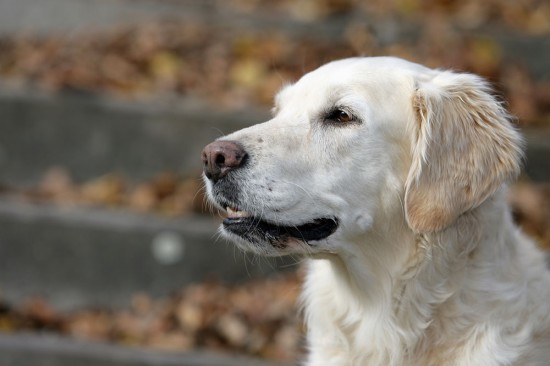 Ibs Or Irritable Bowel Syndrome In Dogs
Ibs Or Irritable Bowel Syndrome In Dogs
 Parson Russell Terrier Health Testing And Hereditary Health Issues
Parson Russell Terrier Health Testing And Hereditary Health Issues
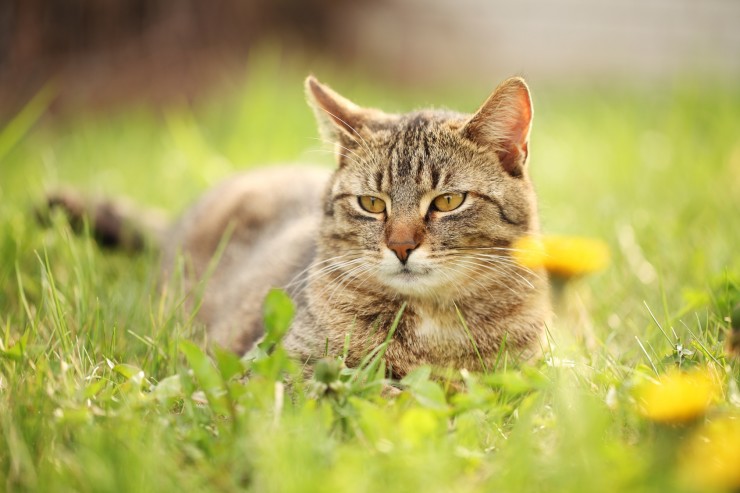 Five Safe And Effective Ways To Keep Your Cat Out Of Parts Of Your Garden
Five Safe And Effective Ways To Keep Your Cat Out Of Parts Of Your Garden
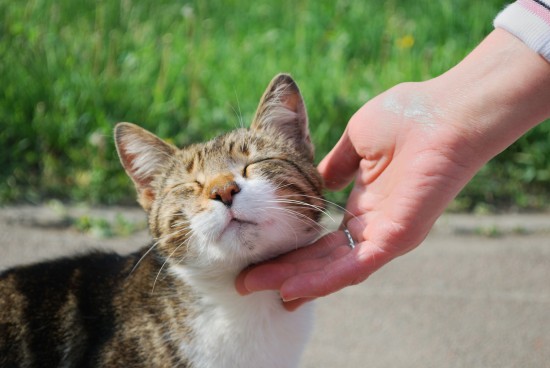 Socialising Your Kitten Or Young Cat
Socialising Your Kitten Or Young Cat
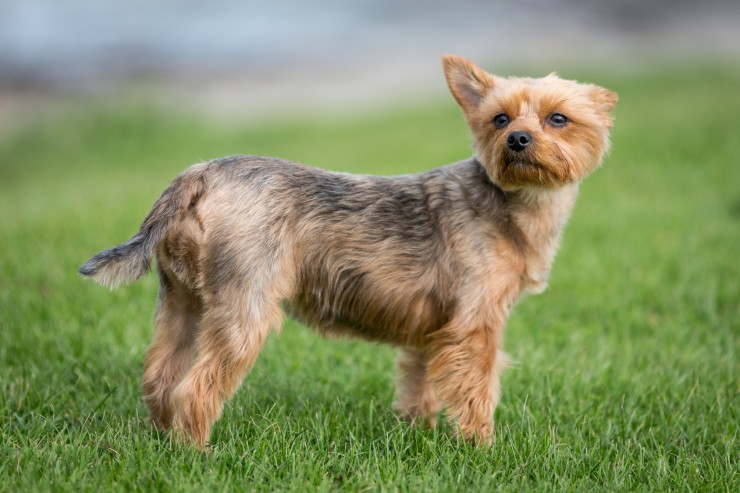 Health Issues Commonly Seen In Yorkshire Terriers
Health Issues Commonly Seen In Yorkshire Terriers
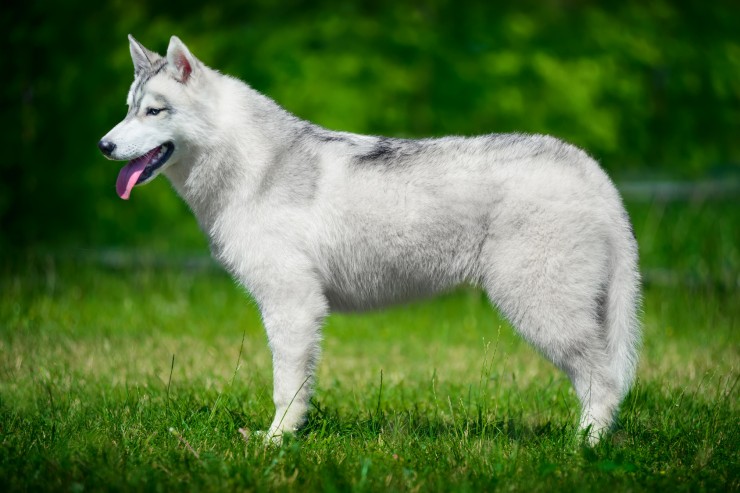 A Few Myths About The Siberian Husky Dispelled
A Few Myths About The Siberian Husky Dispelled
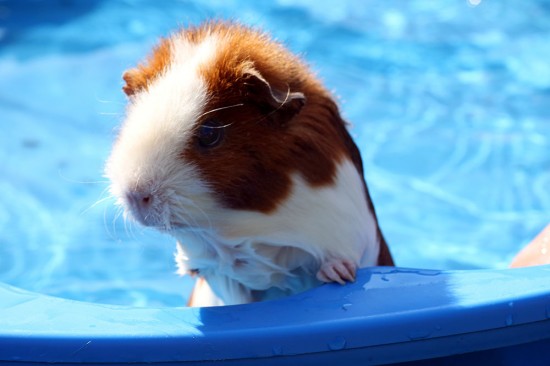 Can I Give My Guinea Pigs A Bath?
Can I Give My Gui
Can I Give My Guinea Pigs A Bath?
Can I Give My Gui
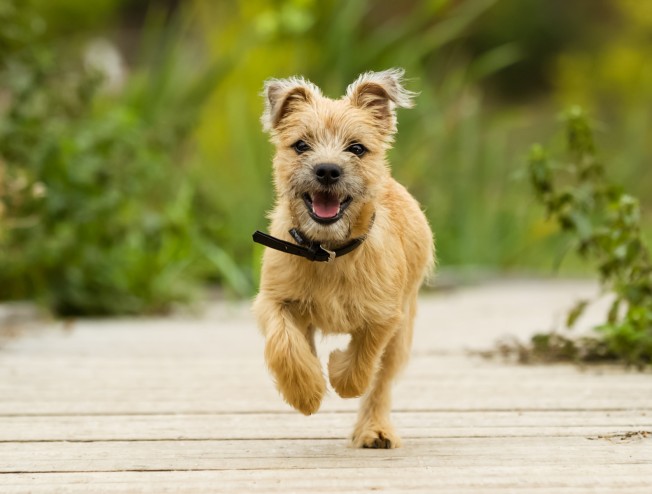 Why It Is Important Not To Over-exercise Puppies
Why It Is Importa
Why It Is Important Not To Over-exercise Puppies
Why It Is Importa
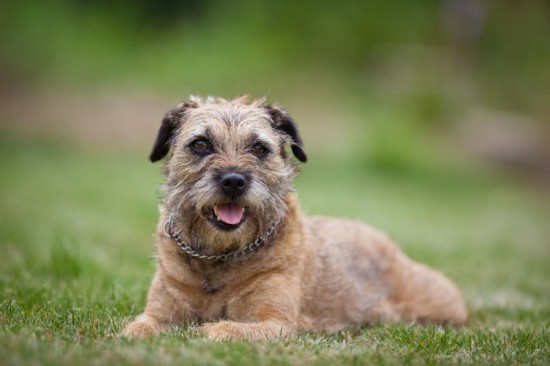 Kidney Disease In Dogs
Kidney Disease In
Kidney Disease In Dogs
Kidney Disease In
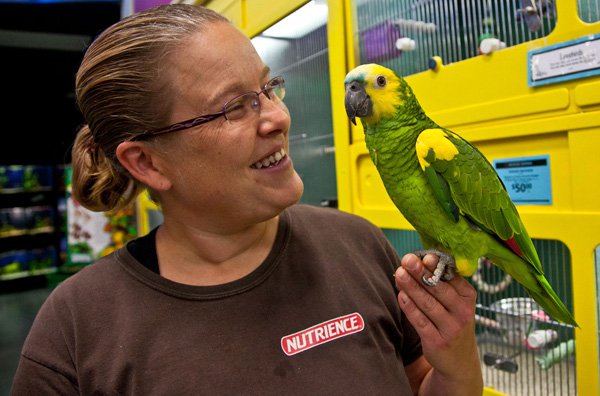 Magnificent Horse fences that elevates ones mount from wall harm
Magnificent Horse fences that elevates ones mount from wal
Magnificent Horse fences that elevates ones mount from wall harm
Magnificent Horse fences that elevates ones mount from wal
 Doge Acne - Spots And Blackheads On Dogs
Doge Acne - Spots
Doge Acne - Spots And Blackheads On Dogs
Doge Acne - Spots
Copyright © 2005-2016 Pet Information All Rights Reserved
Contact us: www162date@outlook.com